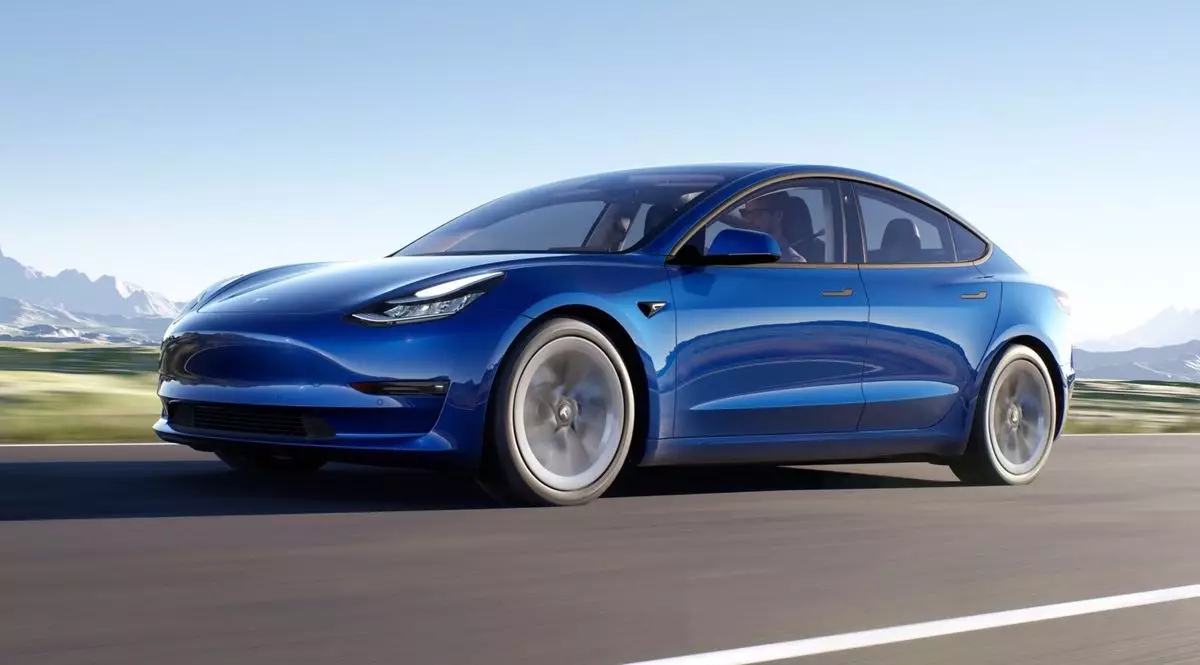For several years, Tesla and its CEO Elon Musk have captured public attention with audacious promises surrounding Full Self-Driving (FSD) technology. Each year, Musk has confidently asserted that a groundbreaking update would be ready within a matter of months, seemingly always around the corner. However, this persistent optimism has recently taken a decidedly different tone. In light of financial disclosures, Musk’s admission that the hardware installed in many existing Tesla vehicles may not reach the desired safety levels for unsupervised FSD raises substantial questions about the future of autonomous driving within the Tesla ecosystem.
At the heart of this conversation lies HW3, Tesla’s self-driving computer first integrated into vehicles in 2019. Musk has spent years championing the idea that HW3 would allow Tesla vehicles to achieve Level 4 and 5 autonomy—wherein the vehicles could navigate without human intervention. Level 4 permits full autonomy within specific confined areas, while Level 5 envisions an unrestricted driving experience devoid of any human control. The previous expectation was that Tesla owners equipped with HW3 would eventually be able to unlock these advanced driving capabilities through software updates.
Yet Musk’s recent comments challenge this projection. He stated there is an uncertain future for HW3 achieving safety standards necessary for efficient FSD functionality. Such a declaration not only dovetails into a broader narrative of technological mishaps but also showcases the inherent complexities in developing autonomous vehicle technology—complexities that arguably Musk and Tesla have either underestimated or miscommunicated to their eager consumer base.
Faced with the potential failure of HW3, the unveiling of HW4 offers a glimmer of optimism for Tesla enthusiasts. Musk suggested that existing HW3-equipped cars could be eligible for an upgrade to HW4, promoted as a powerful solution with enhanced capabilities that could better facilitate autonomous operation. He highlighted that HW4 boasts several times the performance of HW3, emphasizing that the leap to achieving FSD may be more feasible with this newer system.
However, this optimism is tempered by skepticism among analysts and consumers alike. Implementing HW4 into vehicles that were originally fitted with HW3 is not as simple as swapping out a component. The new system incorporates different wiring and form factor requirements, which means that retrofitting existing cars may not just be complicated but also impractical. The commitment to upgrade existing models to HW4 raises concerns about the design and feasibility of such modifications.
The hardware enhancements in HW4 extend beyond mere processing power; they also incorporate advanced camera systems that significantly enhance resolution and low-light performance. While Musk maintains that the HW3 camera setup is “capable,” the stark contrast when compared to HW4’s specifications casts doubt on the adequacy of HW3’s technology to meet future autonomy safety regulations. This technological gap begs the question: will retrofitting from HW3 to HW4 necessitate a complete overhaul of existing camera infrastructure as well?
Replacing all eight HW3 cameras with upgraded counterparts poses a logistical nightmare: a considerable investment of time, resources, and structural alterations to existing vehicles. As the narrative continues to unfold surrounding Tesla’s FSD ambitions, these logistical challenges can hardly be ignored—they could undermine the enticing prospect of fully autonomous driving.
As Tesla’s FSD horizon appears tantalizing yet increasingly elusive, critical reflection is necessary. With promises of a tomorrow where our cars would drive themselves fading into uncertainty, one must ponder whether the vision Musk has painted is becoming a proverbial mirage—glistening and desirable, yet ultimately unattainable.
Without ample clarity on the forthcoming capabilities of HW4, paired with ongoing hardware dependencies and inadequacies, the quest for fully autonomous driving by Tesla seems to be fraught with both technical and practical pitfalls. It compels the automotive and tech communities to reassess their expectations and timelines concerning autonomous driving endeavors and Musk’s entrepreneurial aspirations within this ambitious landscape.

